Eggs to Dye For: Egg Decorating Hacks
April 11, 2019
Are you gearing up for egg hunt season? How's your egg coloring game? Do you dominate, or do you opt to leave it to the pros?
As the wheel of the year turns we have an opportunity to revisit traditional activities, to keep what serves us and dump the rest. Pastel colors in spring are classic, we'll keep those. How we apply those colors to eggs, however, could use an update.
Not to say that it isn't a great way to spend a day, if you have a day. Let's say dying eggs is right for you if you answer yes to any of the following:
Is my house too clean?
Would I like to clean it more, again?
Am I looking for an opportunity to create unintentional abstract paintings on everything and everyone around me?
If you cannot answer in the affirmative but are obligated to produce colorful eggs by the dozen for an event, skip ahead to the Extreme Hack. Otherwise, charge forth.
Dying eggs
Basics
Surface design is chemistry at its core. The mixing of careful ratios of dye can yield beautiful results, or catastrophic failures. From each, we learn. You will need 1 tablespoon vinegar, ½ a cup of water and liquid dye per color mixed.
Spendy
Egg coloring kits are pretty easy to find and provide some handy tools such as egg holder whisks, stencils, wax crayons and mixing cups.
Thrifty
There are all sorts of alternatives to using chemical dyes. Kool Aid works especially well for blues and reds. Turmeric and curry powders simulate yellow and umber.
Last One Found is a Rotten Egg!
Olfactory senses strongly relate to memory. Have you ever smelled a rotten egg? The smell stays with you. Sure, you can wash your hands or change your clothes, but you can always smell it in your mind-nose.
If you've never smelled it, consider yourself #blessed and take this hack to heart: get fake eggs for egg hunts. Buyer beware, dye colors don't adhere to artificial D-I-Y eggs in the same way they do the real thing.
Get Creative
That said, if you're using a fake egg, why use dye at all? Break out the non-toxic acrylic paints and (Van) Gogh for the gold. Recreate classic artworks like the Starry Night. Use your eggs to create dinosaurs. Drop painted eggs in salt, rice, or oatmeal to create a speckled effects.
Extreme Hack
If you absolutely positively must get color on every egg in the room, accept no substitutes. You can buy already artfully designed watercolor eggs for about $3 a dozen.

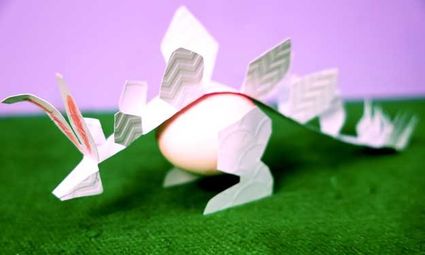
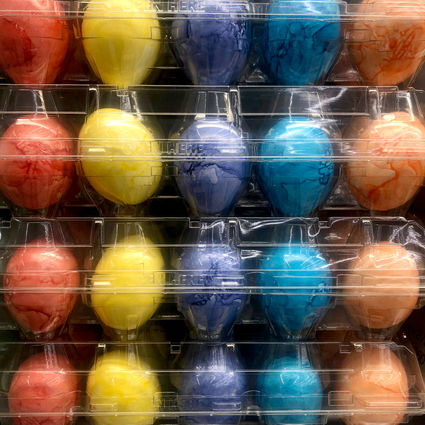
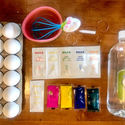
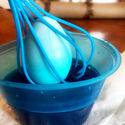
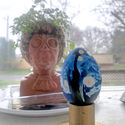

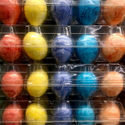






Reader Comments(0)